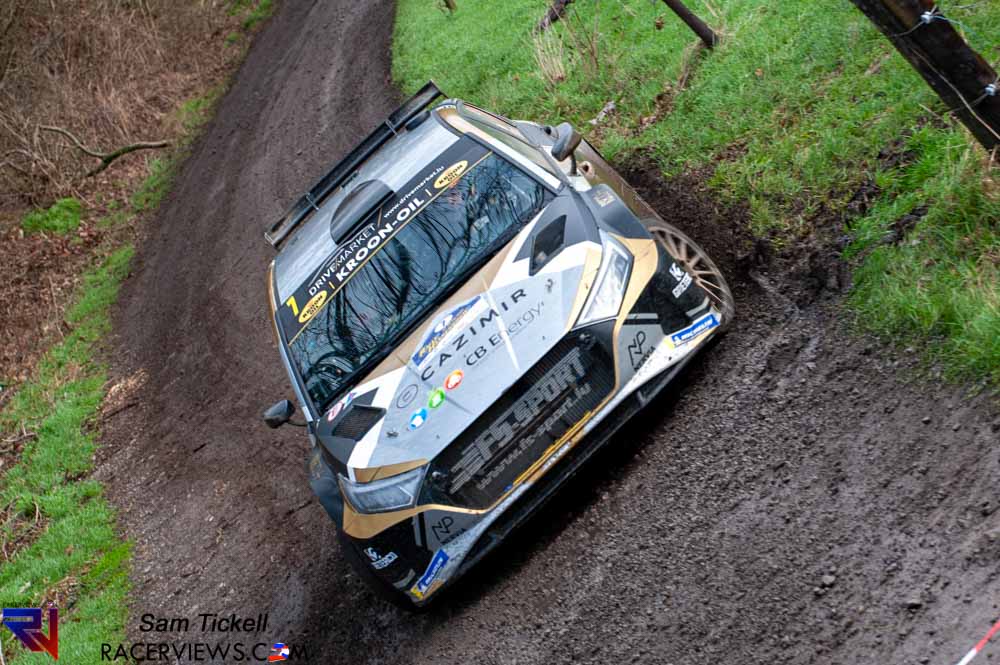Increased efficiency and safety: what’s new for Formula 1
By Hamza Bendemra, Australian National University
The 66th Formula 1 season is about to get underway this week at Albert Park, in Melbourne, and a number of changes have been introduced this year.
This follows the massive overhaul that took place last year – with certain aspects proving to be quite challenging already.
The FIA (Fédération Internationale de l’Automobile), which is the governing body for Formula 1, has further tightened the rules to make sure manufacturers and drivers are being pushed to increase the efficiency of their cars.
Current regulations state that F1 cars are limited to 1.6-litre turbocharged V6 engines, with a limit of 15,000 RPM (revolution per minute), a maximum fuel flow of 100kg per hour, and a maximum of 100kg fuel carried by the car.
This year, the FIA has reduced the number of allowed power units (engines) for the season from five to four, meaning each power unit will have to cover five races on average, as opposed to four last year. This will put added pressure on each team’s engineers to ensure power units run efficiency and reliability.
Furthermore, the minimum weight of the car has been increased from 691kg to 702kg for the car. This will result in more protective casing for the cars, and will also prevent teams from taking extraordinary steps to reach minimum weight.
Last year, Sauber driver Adrian Sutil was reportedly going on extreme diets prior to races in attempt to shed weight.
Fixing the ‘ugly’ nose
Last year, the nose height was substantially reduced (from 550mm to 185mm), mainly for safety purposes to prevent cars launching upwards in case they rear-end a racing car in front.
But this also resulted in F1 car noses being deemed aesthetically unattractive.

Flickr/Ferran BCN, CC BY-NC-SA
Noses will be lower than in 2015 but must feature a taper, be symmetrical and consistent with the centreline of the car.
The newly mandated nose section results in a reduction of downforce at the front of the car. Hence, the main challenge for F1 engineers will be to compensate for the aerodynamic impact of the new nose design.
Virtual Safety Car system
Following Jules Bianchi’s terrible accident in last year’s Japanese Grand Prix – he’s still in a coma after his car crashed into a crane during a double yellow flag situation – a Virtual Safety Car (VSC) will be used when a section of track is under double waved yellow flags (meaning drivers or officials may be in danger).
The idea behind the VSC system is to impose a speed limit to slow down cars during dangerous situations on the track, hence controlling the pack without deploying the actual safety car.
Once the virtual safety car has been called, all electronic marshal panels around the track will display ‘VSC’, while teams will be notified via the official messaging system.
Drivers will not be allowed to enter the pits, unless changing tyres, and must stay above the minimum time set by the FIA at least once in each marshalling sector. Cars may not be driven “unnecessarily slowly, erratically or in a manner which could be deemed potentially dangerous,” with those who fail to stay above the minimum time to be sanctioned by the stewards.
The VSC will be used when “the circumstances are not such as to warrant use of the safety car itself”, according to FIA rules.
The FIA has expanded the use of anti-intrusion panels to protect drivers in the event of a side impact. Also, drivers will not be able to significantly change helmet designs during the course of the season in order for drivers to be easily distinguished from one another.
The appeal of F1 racing
As noted by The Conversation’s contributor Simon Chadwick, while viewership of F1 races has dropped in recent years, F1 remains a seductive proposition for car manufacturers.
F1 racing (and its rules) tend to be part of a larger shift in the automotive industry. Formula 1 is once again placing itself at the forefront of innovation in efficiency and engine design that could trickle down to commercial cars.
While Volkswagen has decided to put off coming back to F1 for now, Honda is returning as an engine supplier in partnership with McLaren.
Gates open at Albert Park this Thursday but actual Formula 1 racing doesn’t begin until Saturday with the qualifying rounds and the actual race on Sunday.
For a little taste of F1 racing before the weekend, watch Australian Daniel Ricciardo take a look at the season ahead as part of the Red Bull team.
![]()
This article was originally published on The Conversation.
Read the original article.



